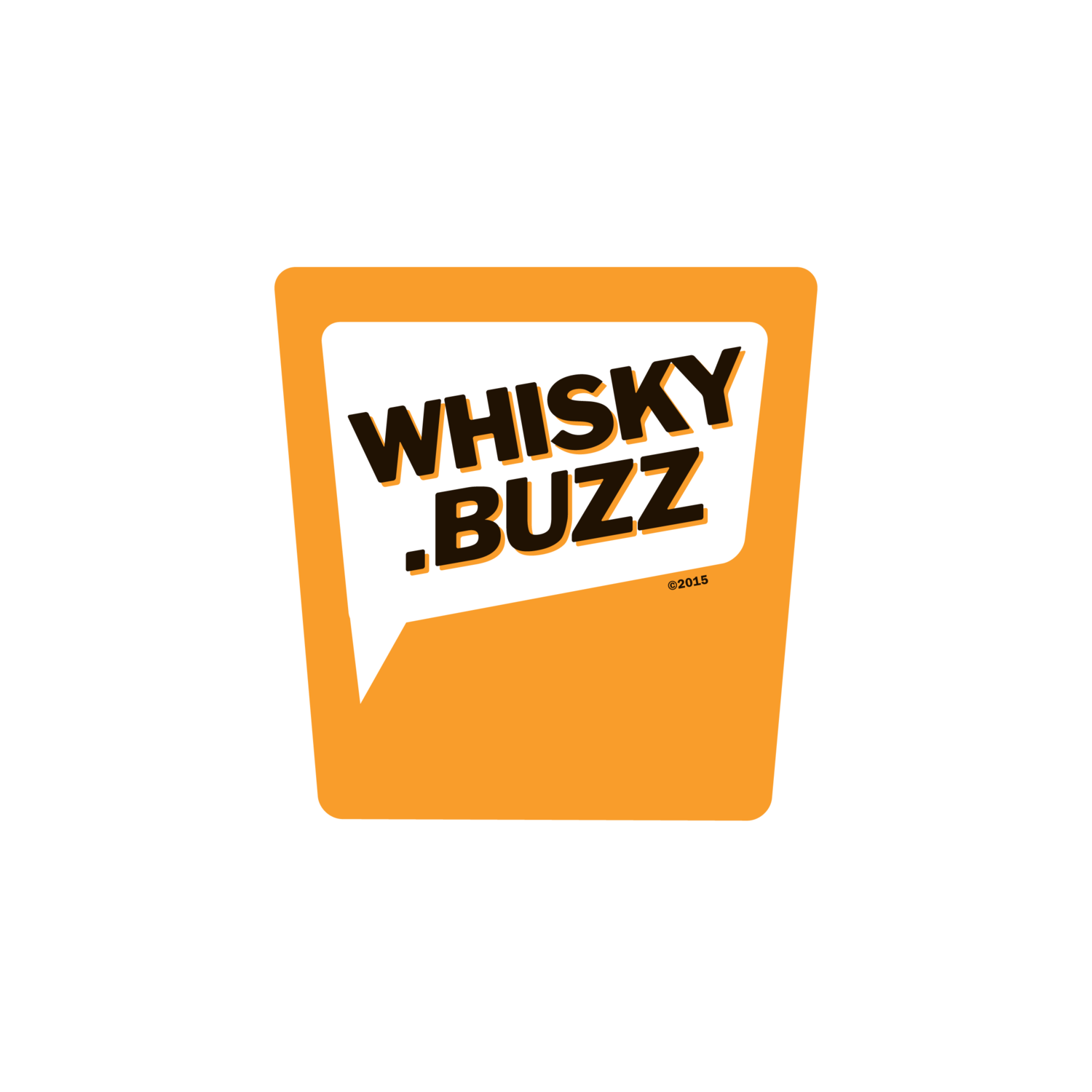Monkey Shoulder - A Bold Marketing Success, but What About The Whisky?
/Monkey Shoulder
Grant & Sons
Category: Blended Malt Scotch, NAS
Score: 82
Whisky Cabinet Rating: ★ ☆ ☆ ☆
I sometimes avoid defining “Single Malt Scotch” during whisky tastings because I get the inevitable questions that cause more confusion than clarity. Single malt scotch is a single distillery whisky made in Scotland of 100% malted barley. It's most often blend of hundreds of barrels, and so long as those barrels contain 100% malted barley whisky that was distilled in the same distillery, it's defined as single malt scotch.
What’s a Blended Malt Scotch, than? It’s a blend of whisky from multiple distilleries, that’s 100% malted barley, made in Scotland. That differs from a Scotch Blend, which is a blend of whisky from multiple distilleries, with malted barley and at least one other grain whisky. Grain whisky is generally (but not always!) the ‘cheap’ stuff.
Monkey Shoulder is 100% malted barley. It’s whisky comes from Glenfiddich, Balvenie, and Kininvie distilleries (and possibly a fourth distillery). It’s the successful endeavor of Grant & Sons. The market generally gets down on blends, and few consumers can tell you the difference between a blended scotch and a blended malt scotch. While Johnnie Walker is the best selling scotch in the world (a blended scotch), it’s sales have also been hurting of late. Plus, Johnnie Walker has had a bit of a head start.
Making a higher quality blended malt scotch a commercial success is a challenge, and it could only be a success with great marketing. Grant & Sons has succeeded wonderfully in this. The bottle is beautiful, almost like bourbon meets Pirates of the Caribbean, plus some Indian Jones thrown into the mix. The “Batch 27” on the top is part of the charm even though it has little relevance to the whisky inside. The plastic monkeys on the bottle not only stick out of the bottle, the glass is molded to shape around these monkeys. The bottle itself contains flaws in the glass with divots, and whether this is on purpose or a result of cost cutting, it works wonderfully to complete the image.
The name comes from the slang used to describe an injury workers receive from turning malted barley back in the day before labour laws. On the back of the bottle, they even have the playful words of “Don’t be a drunk monkey. Drink responsibly.” This is, in every way, a marketing success. Drink International named this a top trending brand for bars ahead of Johnnie Walker, Compass Box, and Laphroaig. It sits third in sales behind Johnnie Walker and Laphroaig. The results are only based on a survey of 100 bars, but certainly as a trend, this is relevant to the continued success of this brand.
So what of the whisky inside the Indiana Jones bottle? For someone with a well-rounded whisky collection that includes bourbons and Irish whiskeys, I can’t see this being a frequent sipper. It lacks the richness of popular scotches, and the edge of much cheaper bourbons. It competes well against single malt scotches in its price range.
Nose: Malty, candied lemon peel, touch of ginger. Some dusty barnyard notes. Plenty of vanilla.
Palate: Slow start, warm ginger sizzle and caramel through the middle, that starts dying into an overly burnt butter sort of bitterness. That bitter finish does brighten some, but it’s best to just have the next sip to enjoy that wonderful middle part of the palate flavor. With some water, it does narrow out the bitter range toward bitter chocolate and the vibrant zesty flavors become more vibrant.
Whisky Cabinet Rating Explained:
☆ ☆ ☆ ☆ Not recommended
★ ☆ ☆ ☆ Good whisky, but not a ‘must-have’
★ ★ ☆ ☆ Your great regular rotation whisky that'll come and go
★ ★ ★ ☆ Excellent, a near must-have
★ ★ ★ ★ Extraordinary, memorable, and original




